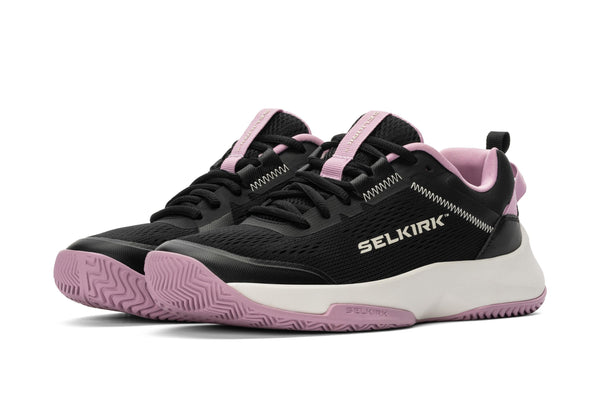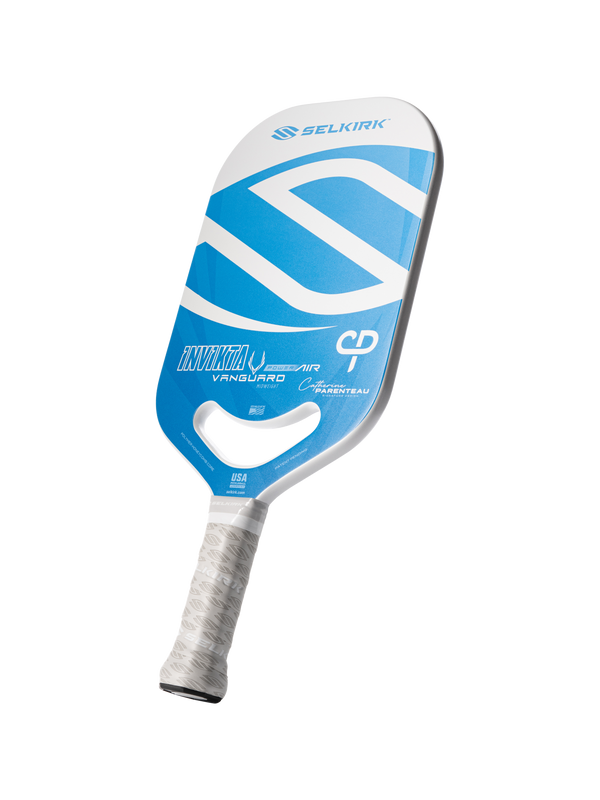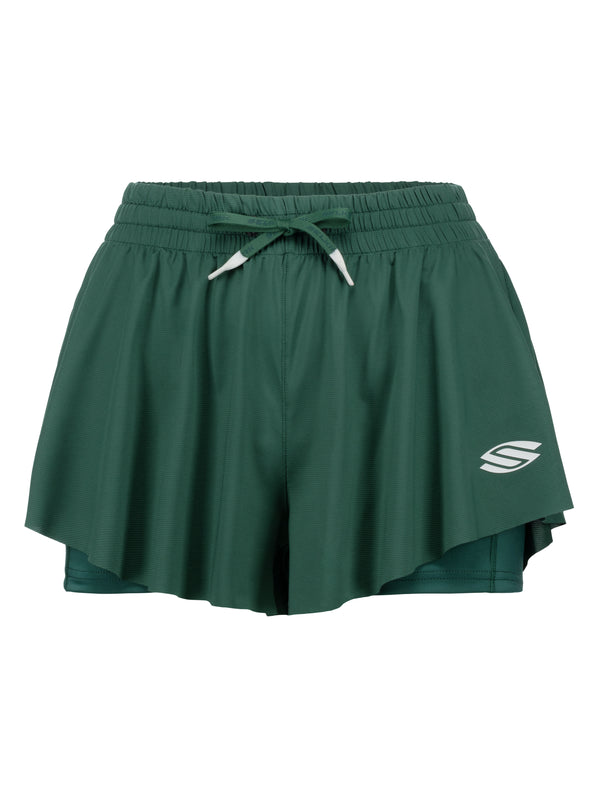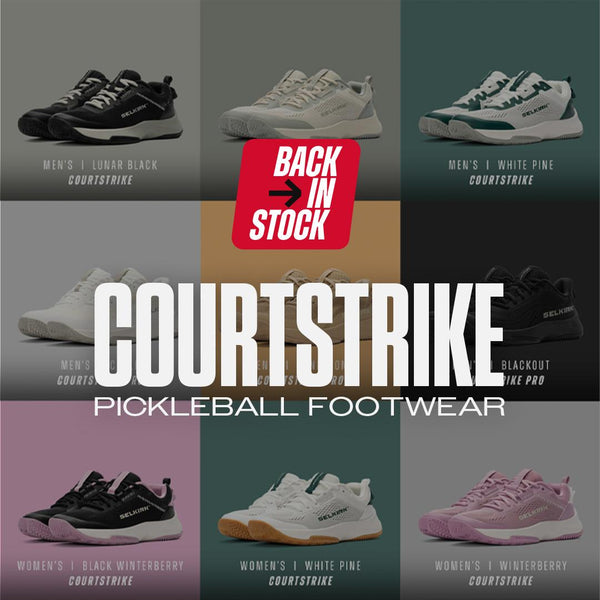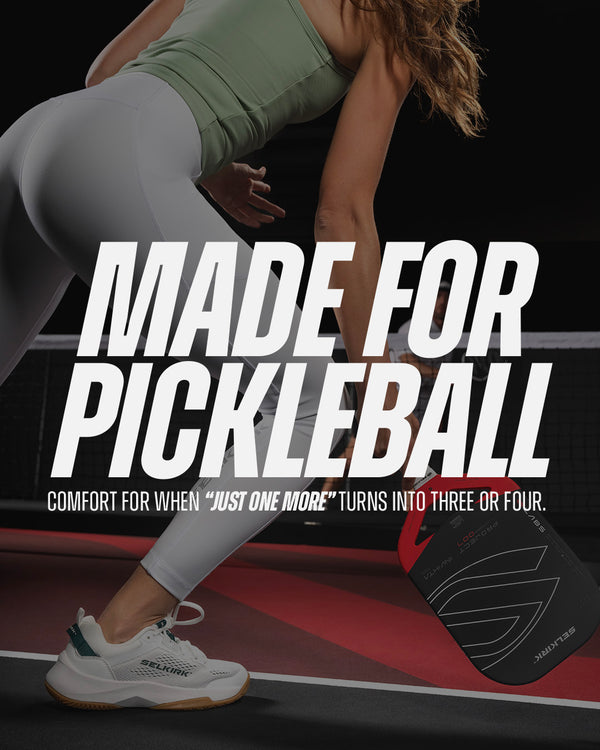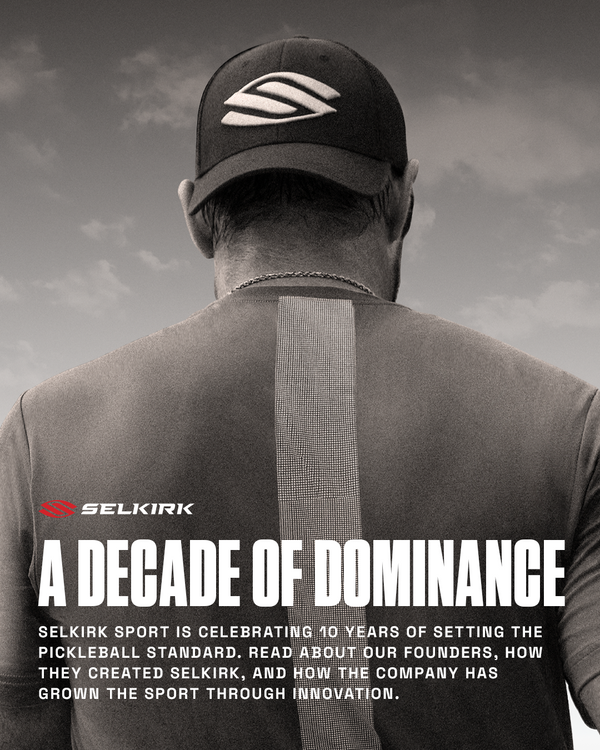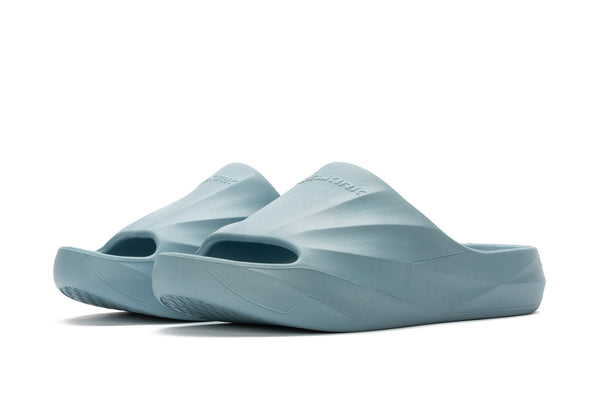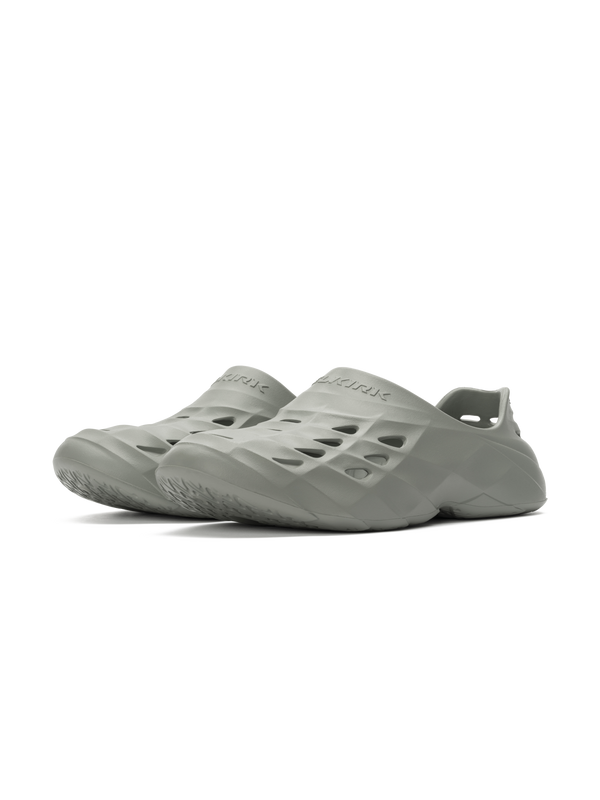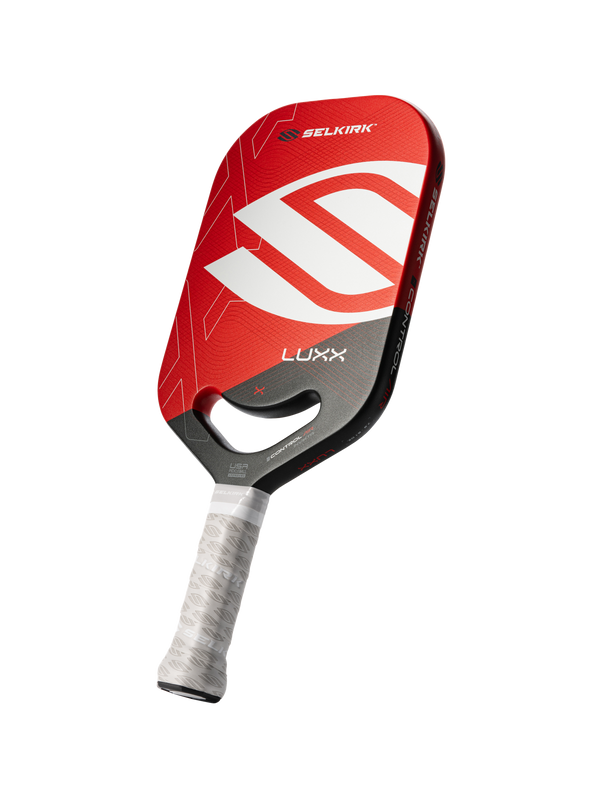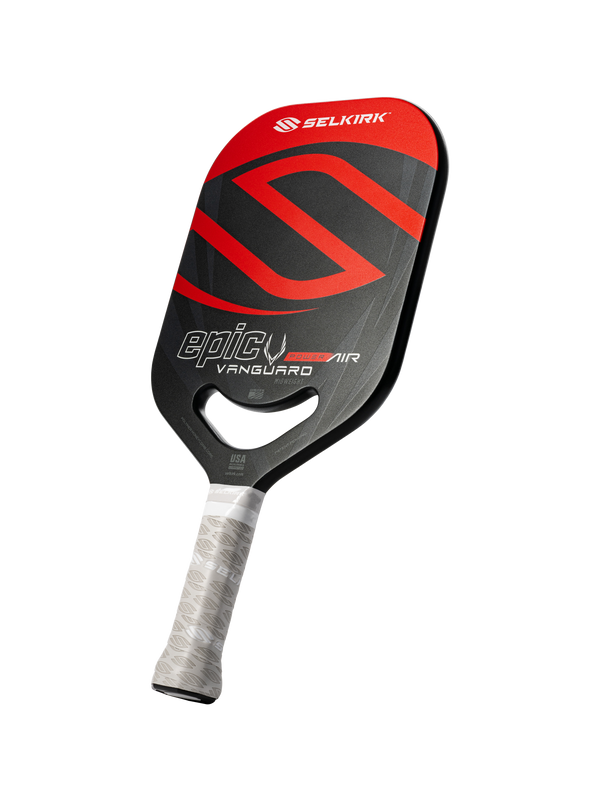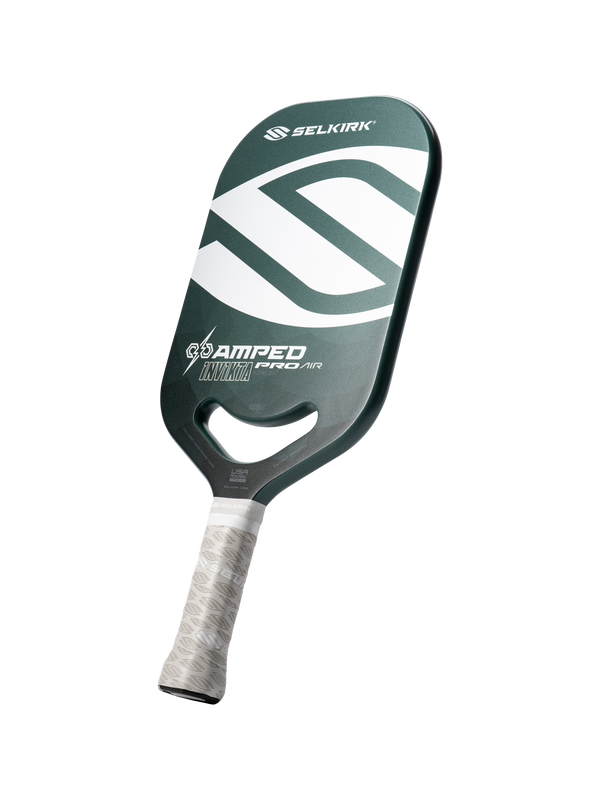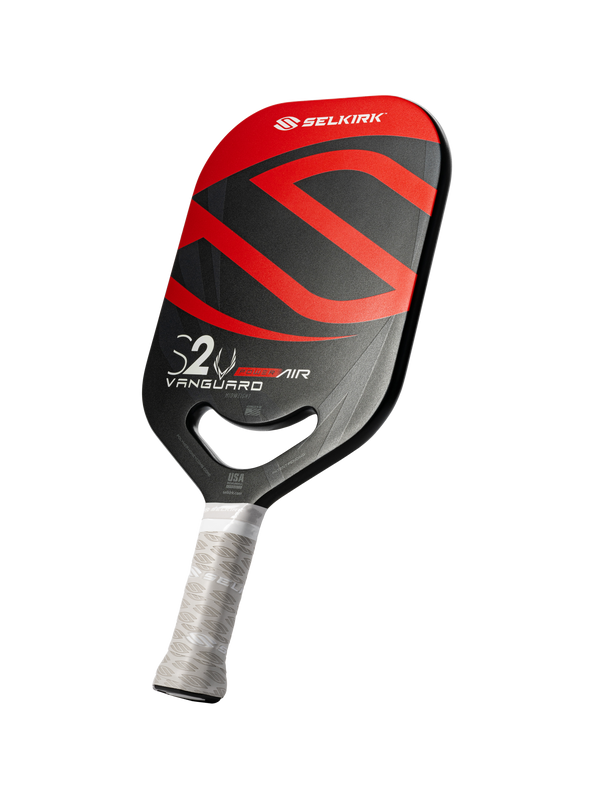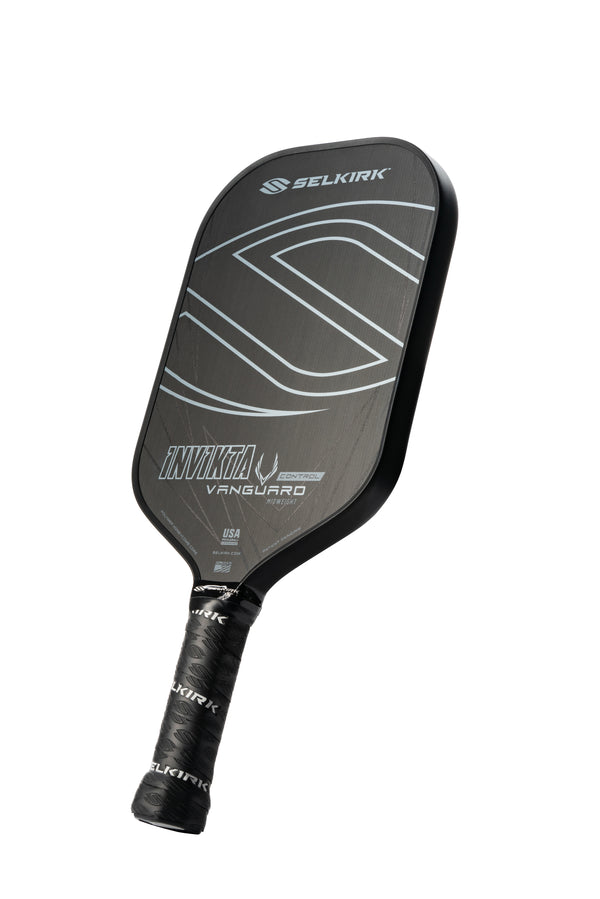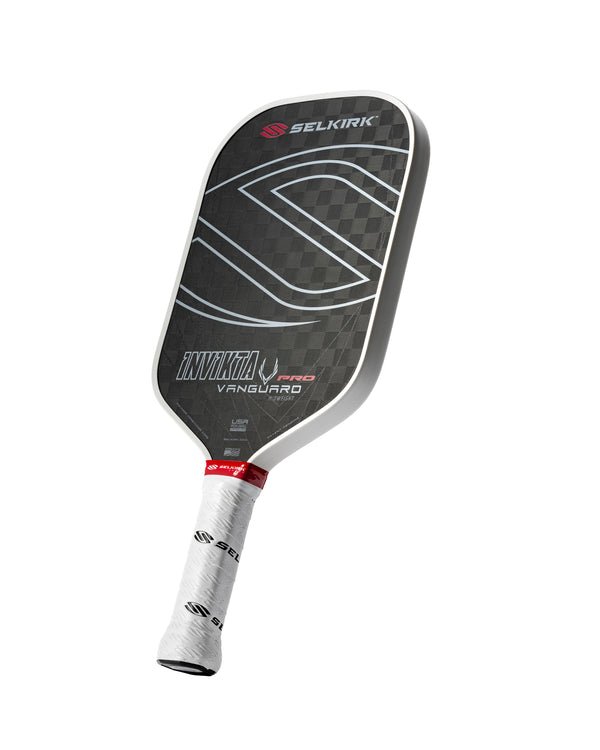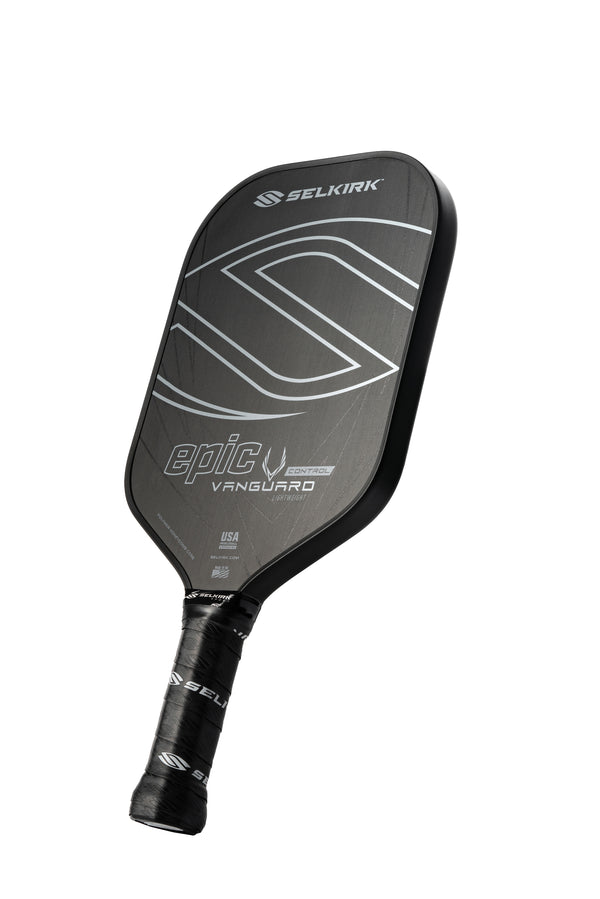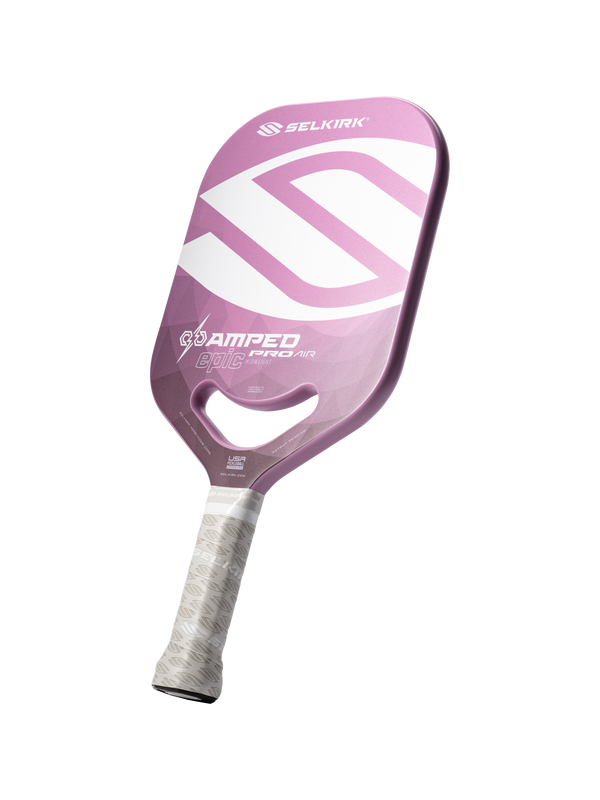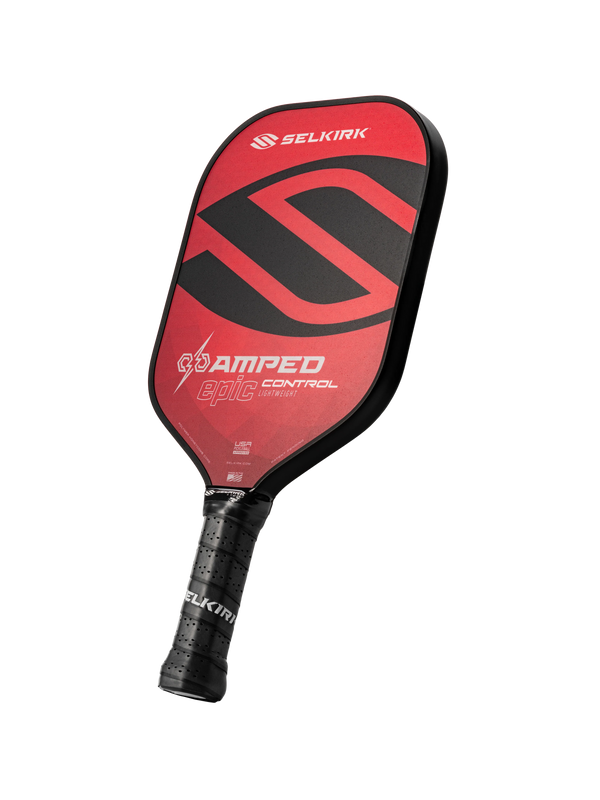If it's been a while since you experienced that gratifying "aha!" moment, that surge of dopamine that signals a breakthrough, or the satisfying feeling that your pickleball game has advanced, often the result of weeks of focused practice, then you've likely hit a plateau.
I’ve been there. In fact, upon visiting there, I didn’t just buy the t-shirt, I set up camp and broke out the marshmallows. It’s been my home for so long that I convinced myself that it wasn’t a plateau at all, it was the infuriating act of bouncing my head off my pickleball ceiling.
Don’t get me wrong, we all have a ceiling of sorts, until that latest and greatest paddle comes out and then - BOOM! You can bust through that ceiling with a shiny new drive and a serve that just can’t be returned, for a few weeks. That’s typically when your opponents have bought the same paddle, and you realize you’ve just kicked the can down the street a little further, and your improvements are only relative to your opponents.
The speed at which a player needs to be improving, just to stand equal with their peers, is much greater than you might think. That’s a roundabout way of saying that if you’re only as good as you were two years ago, then you’ve unfortunately regressed.
Welcome to The Plateau
All is not lost, don’t worry. What is often the cause is called the Capability Trap. Shout out to Mike Barnes for discussing this at our latest all-hands meeting. Here’s a question for you: What do you normally do when you feel like you are struggling with your game? I’d wager that the main response you're thinking of is: Simply play more pickleball.
While the idea on the surface seems logical — get more games in and you’ll get better — right?
You play three, maybe four times a week. You know the strategy, you have your favorite Selkirk pickleball paddle, and you can hold your own in any rec game. Yet, you’re stuck. You keep losing to the same players. That coveted 4.0 rating feels miles away. You tell yourself, "I just need more court time," but after months of grinding out games, nothing has changed.
Sound familiar? If so, don’t worry, you’re not alone. And the reason you’re stuck has less to do with your effort and more to do with a powerful, invisible force that systems thinkers call the Capability Trap.
What is a Capability Trap?
Forget pickleball for a second. Imagine a software team that is constantly behind on deadlines. To catch up, they have two choices:
- Path A: The Grind. Work nights and weekends, cutting corners and using messy "band-aid" code to ship features faster. This helps today.
- Path B: The Investment. Take a week off from shipping features to fix the old, messy code and build better tools. This will make them faster and more effective for years to come, but it means falling even further behind this week.
Under pressure, which path do you think most teams choose? Path A, the Grind.
But here’s the trap: The more they grind, the messier their code gets → which creates more bugs → which makes them fall further behind → which forces them to grind even harder. They are trapped in a cycle of short-term fixes that prevent any long-term improvement.
They are sacrificing capability for the illusion of performance.
The Pickleball Plateau is a Capability Trap
Now, let’s get back to the kitchen line. You, the 3.5 player who wants to be a 4.0, are just like that software team. Every time you decide to invest time and effort into pickleball, you face the same two paths.
Path A: The Grind (just playing more games)
This is the default mode for 90 percent of players, and it’s the heart of the trap.
When your goal is to win the rec game you are currently playing, you will always rely on your old, comfortable habits. In rec games you’re stuck in a performance zone, not allowing yourself to make changes that could help you develop in the long term.
- You’ll avoid practicing your weak backhand dink because your opponent will attack it and you might lose the point. Instead, you run around it to hit a forehand, reinforcing bad footwork. Just because Jack Sock can get away with it, doesn’t make it a good idea.
- You won’t try that new, technically sound third shot drop you saw on YouTube (likely CoachME Pickleball ;-). It feels awkward, and you might miss. Instead, you’ll just revert to banging and hoping for the best.
- You’ll never work on a proper split-step in transition because it feels weird and you're focused on just getting to the ball.
By "just playing," you are spending 100 percent of your time performing. You get really, really good at being a 3.5 player. You’re grinding, not growing.
Path B: The Investment (purposeful practice)
This is the only path to breaking a plateau. It’s about taking time away from performing to build your fundamental skills.
This is the path of purposeful practice.
- Drilling: Spending 45 minutes with a partner doing nothing but hitting cross-court dinks. No game, no score. The only goal is to better technique and many repetitions of it.
- Lessons: Pay a qualified coach to identify the flaws in your game and give you specific drills to improve them.
- Studying: Watching pro matches not for entertainment, but to analyze one thing, like where they position themselves during a firefight.
But this path comes with a price, which is why so many people avoid it: One step back to go two steps forward. You’ll unfortunately have to embrace some failure, get worse to get better, break a few eggs to make the cake. How are these metaphors working for you? Good.
The one step back phase tempts you to abandon the investment and run back to the comfort of simply playing the game. However, those who embrace that momentary dip in performance are the ones who improve.
How to escape the trap
If you feel you’ve plateaued, you can break free. It just requires a conscious shift in how you spend your time on the court.
- Change your mindset: First, accept that "just playing more" is the problem, not the solution. Your goal isn't just to win today's game; it's to be a better player next month.
- Follow the 80/20 rule: Dedicate at least 20 percent of your court time to deliberate practice. If you play for five hours a week, make sure one of those hours is spent on focused drilling, not games. As you start seeing results, feel free to increase this to 50/50 or even more.
- Embrace the step back: Give yourself permission to be bad at a new skill. When you’re drilling, your goal isn't to hit a winner; it's to execute the new technique correctly, even if the ball goes out. Failure during practice is a sign of investment, not a sign of failure.
- Find a drill partner: Find someone else who is serious about improving. This makes drilling more fun, holds you accountable, and ensures you have a willing partner to work with.
- Focus on one thing at a time: Don't try to fix your serve, backhand, and volleys all at once. Pick one weakness and dedicate your "investment time" to it for a few weeks. Once it feels natural, move on to the next.
The next level is waiting for you. It’s not on the other side of a hundred more games; it’s on the other side of working smarter, not harder. Stop grinding, start investing, and watch yourself rise above the plateau.



